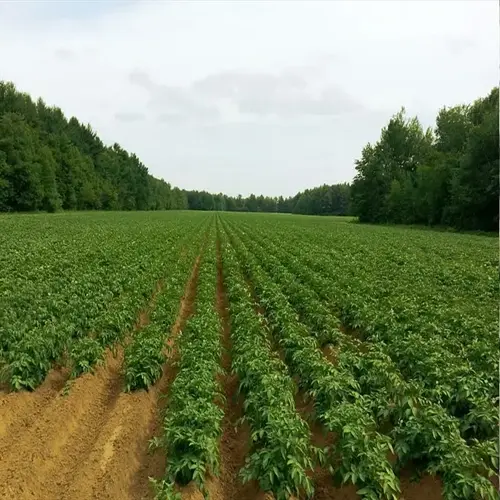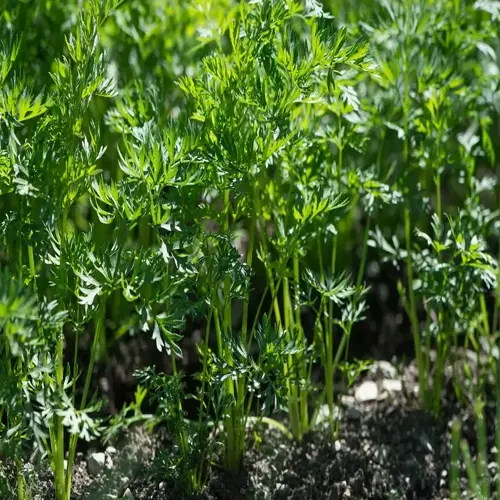What special care do autumn-planted shrubs need?

Written by
Michael Sullivan
Reviewed by
Prof. Martin Thorne, Ph.D.Autumn-planted shrubs require specific management to become established before winter. Cooler temperatures can relieve stress, but winter presents its own unique set of challenges. Taking the appropriate steps will allow root growth to continue up until the ground freezes. I have refined these processes over the course of twenty New England winters.
Moisture Management
- Water deeply until ground freezes (1-2 gallons weekly)
- Use soaker hoses for slow, deep penetration
- Check moisture 6 inches down before freezing
Root Protection
- Apply 3-inch organic mulch ring starting 3 inches from stems
- Install tree guards against rodents and deer rubbing
- Wrap evergreens with burlap for wind protection
Frost Defense
- Monitor for soil loosening after each freeze-thaw cycle
- Firm soil gently around exposed roots immediately
- Avoid foot traffic near newly planted shrubs
Water management persists until the soil is frozen solid. Roots are active at soil temperatures of 40-50°F (4-10°C); I water once a week, unless it rains about 1 inch. Deep watering helps prevent drying from winter winds. This moisture supplies the roots until spring.
Correct mulching techniques help insulate roots. I measure with a ruler to a depth of 3 inches. Mulch should not come into contact with stems to prevent rot. Shredded bark provides optimal air movement. My shrubs, covered in mulch, withstood temperatures 10° Fahrenheit colder than those of unmulched or unprotected shrubs.
In the fall, frost heave is a danger with woodland and shrub plantings. When freeze-thaw cycles occur above-ground, shrubs 'heave' up into the air. Check the first week after the first fall frost. I gently placed my hands around any bark-covered roots to firm the soil. I then add extra mulch for temperature stability. I've been missing three azaleas before this practice.
Refrain from fertilizing in winter altogether. Providing nutrients now will initiate tender growth, which will freeze. Instead, it is best to wait until spring, when plants are actively growing. My soil tests indicate that plants fed in the fall have suffered more damage in winter. It is important to care for and protect the root.
Read the full article: When to Plant Shrubs: Complete Guide

